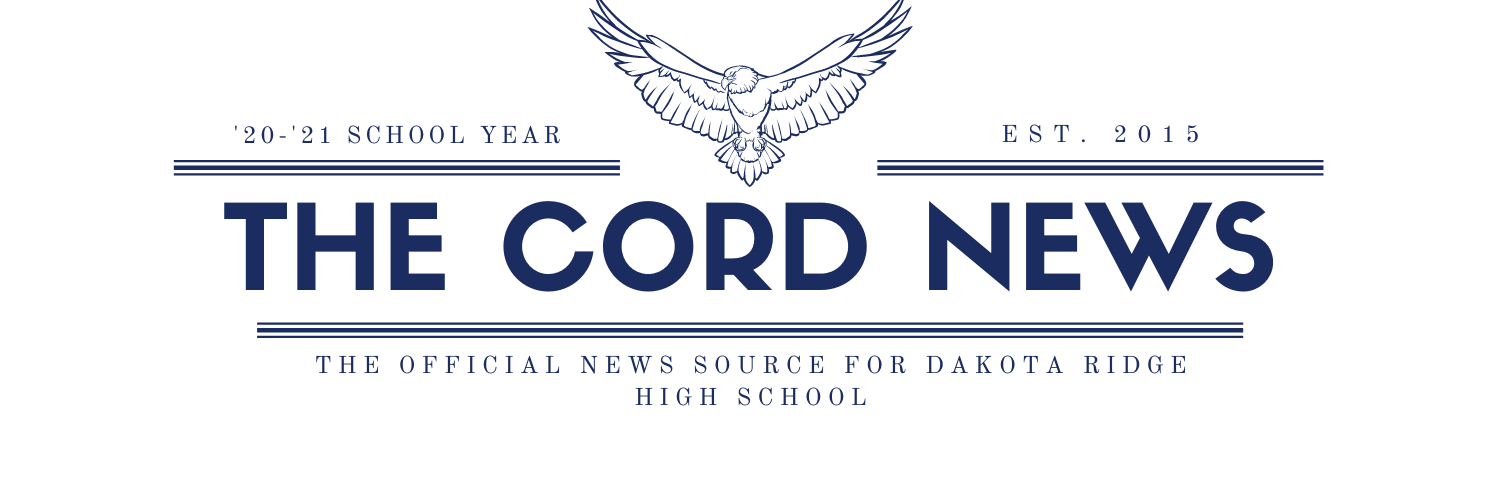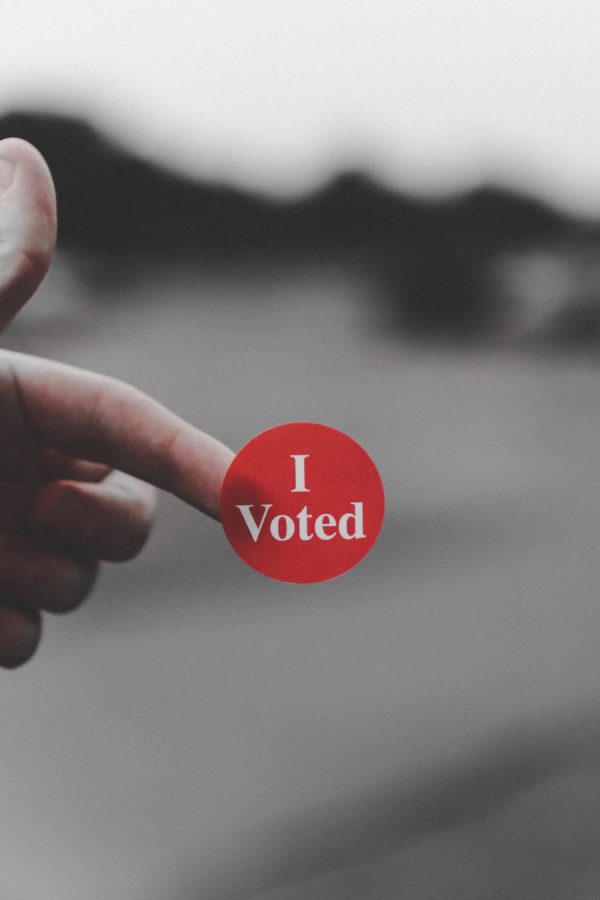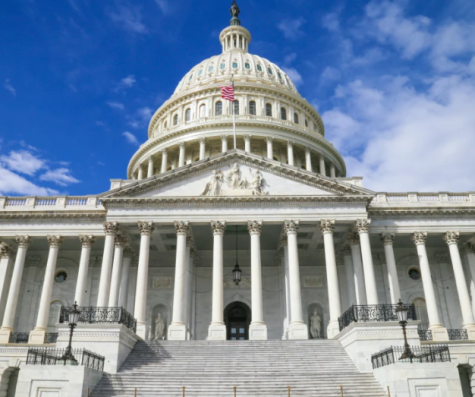High School Juniors and Seniors Should be Allowed to Participate in Local District Votes
Opinion
Parker Johnson (https://unsplash.com/photos/nSbsfmvURt8)
In order to expand voter participation, there must be a motivation, which could be created by introducing younger people to voting earlier.
February 24, 2022
To be able to vote is the most significant right allotted to the citizen, or so we are told growing up as youth in the United States of America. What happens without this fundamental system we call Democracy? Destruction, wars, and oppression. Yet, only 66.1% of eligible adults voted in the 2020 presidential election. Why make such an effort to protect democracy in a nation where almost a third of the eligible voters don’t make an effort to simply turn in a ballot? Here’s my proposal: teach the youth to vote, to care, and to be a part of their community in order to ensure a future adult generation that cares about their government, and keeps the government system functioning as it should be — to serve the people.
Junior and senior students should be eligible to vote in their assigned district elections. This experience would not only greatly increase the population that elections would be able to receive ballots from, but also teach the adolescent population the importance of participating in elections that concern them. This program would be directly through schools that these students attend, with education provided prior to the vote regarding the significance and potential outcomes.
By allowing youth to vote, it would set a precedent in their adult lives to be a part of their democracy. It would encourage them to be involved in their communities and to be knowledgeable about issues their peers are facing. Voting allows the young minds to speak their voices, the same voices that will change and direct the nation in future generations. I would rather students learn how to vote properly in district elections than eventual adults unwillingly and destructively vote in nationwide elections later.
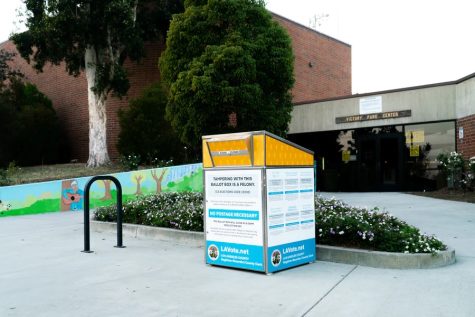
In 2020, during the vote for “State Board of Education Member–Congressional District 1,” there were a total 45,372 votes across the Arapahoe, Jefferson, and Denver counties. This is dramatically low compared to the total adult population. This number could be tremendously boosted with the allowance of thousands of potential upper-classmen votes. While enhancing voter turnout, this new population that would be allowed to vote would be able to sway elections that directly affect them. If they are unhappy with how their district education board conducts themselves, they would have the direct opportunity to make a change.
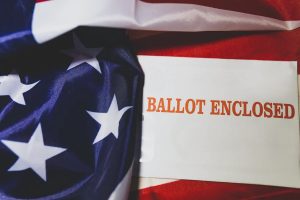
If the voting population in America was more educated and politically inspired, it would also help democracy return to its true roots, not the current popularity contest that our elections are today. To have an educated civilian population would also, in-turn, keep politicians in check and encourage them to truly follow their promises and serve the people, not themselves. Voting from a young age, in less significant elections, could foster political interest for youth and increase the participation of nationwide elections, thus immensely boosting the quality of politicians and political parties around the country. Voting is on the decline, decreasing since the 1980’s, and this can be changed, we just need to provide our youth the ability to care.

